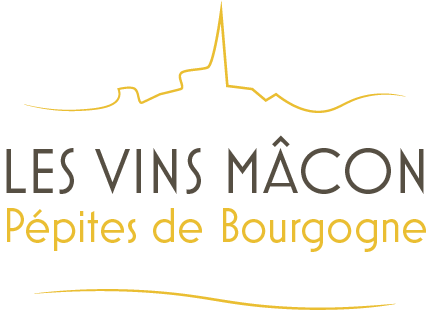Mâcon-solutré-Pouilly
The wines
White wines
Mâcon-Solutré-Pouilly wines are yellow gold with a color that is often more intense than that of their more northerly neighbors. On the nose, they initially offer generous and sweet notes of candied fruits and citrussy flavors of lemon and grapefruit, but without exuberance. Then this gives way to tones suggesting quince jelly and fresh mirabelle plums. The maturity one can detect is combined with an aromatic freshness and indulgence in the mouth. The wines are structured, but nonetheless lively on the finish.
Colors
Production

mâcon-SOlutré-Pouilly
An additional geographical denomination that is part of the Régionale Mâcon appellation in the Mâconnais.
According to the 2005 specifications rules, the name Mâcon-Solutré-Pouilly refers to white wines grown within a defined area in the village of Solutré-Pouilly.
Situation
Produced on the terroir of Solutré-Pouilly, the emblematic village of the southern Mâconnais, the Mâcon-Solutré-Pouilly AOC is, along with Pouilly-Fuissé and Saint-Véran, one of three appellations found on this formerly renowned winegrowing territory
For millennia, the rocky outcrop of Solutré has fascinated people. Initially perceived as a natural curiosity and then as an obvious defensive promontory, this is a key site, in geological, archeological, and enological terms. These limestone terraces offer an open-air stratigraphic reading of the structure of this landscape made up of fossilized coral reefs laid down by a shallow, warm sea in a tropical climate some 170 million years ago.
This was ideal territory for hunting between 50,000 and 10,000 years ago, during the Upper Paleolithic. Today, the Rock of Solutré is a sign for those traveling north that they are entering the Bourgogne winegrowing region. More discreet way markers, the Mont de Pouilly and the hamlet of Pouilly, whose chateau belonged to a farmer of the Abbots of Cluny, were associated with the Solutré name in 1912 by official decree.
Terroir
Level 1
At the southern tip of the Mâconnais, the winegrowing slopes are open to the warm winds, nudging the symbolic figure of 2,000 hours of sunshine annually. However, its location to the side of the Pouilly-Fuissé “peninsular”, slightly lessens this southerly influence. At around 370 meters above sea level at La Levée, under the Rock of Solutré at 493 meters, between 345 and 400 meters above sea level at Au Rompay, and on the hump of the Mont de Pouilly at 485 meters, the grapes are usually picked during the last days of the harvest campaign.
Level 2
The vines in the area of La Levée face due south and grow on a bench formation made up of moderately deep soils with few pebbles and lots of marl and thus clay. This Lias formation dates back 180 million years to the Lower Jurassic. As one draws closer to Mont de Pouilly, the east-northeasterly-facing vines grow on yellow marl-limestone soils that are rich in fossils and date back to the Middle Jurassic, some 170 million years ago. This substrate can also be found in the Pouilly-Fuissé AOC.

